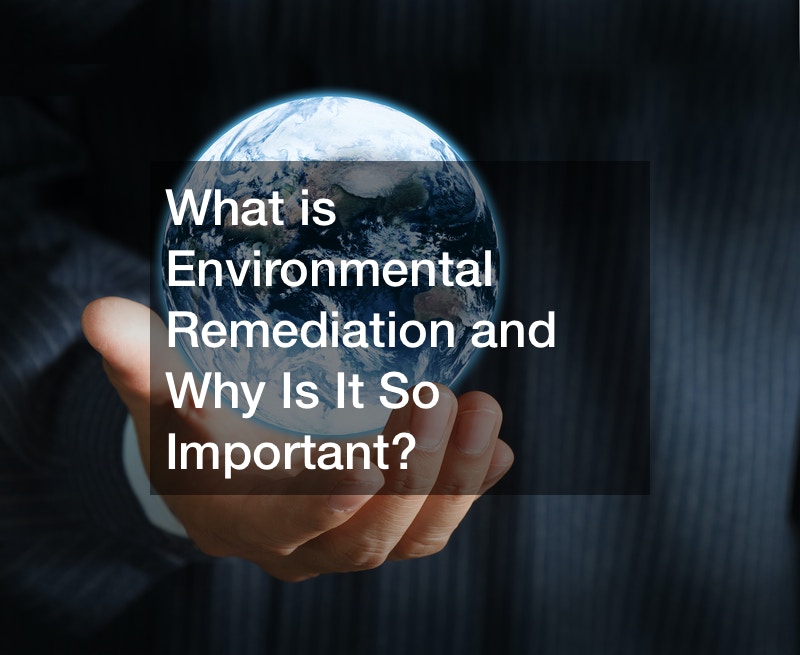
Various human activities can sometimes involve potentially contaminating the environment with hazardous materials. Environmental remediation specialists should address this contamination. For instance, nuclear accidents like the Chernobyl disaster and nuclear bomb test sites are highly polluting to the environment.
Other activities like the manufacturing of phosphorous fertilizers and the combustion of coal also contribute to pollution levels. Environmental remediation is then implemented to reduce the impact of these hazards on the environment.
But what is environmental remediation? This process comprises a series of steps to eliminate environmental contamination by toxic materials.
The environmental remediation process starts with a risk assessment to identify the present contaminants. The remediation experts will then determine acceptable levels. Once that’s done, the remediation methods will be determined. These can involve oxidation, soil vapor extraction, and thermal desorption.
Experts will then monitor the effectiveness of remediation. This will help determine whether further remediation is necessary. The processes are repeated in exact order until the remediation tactics yield positive results. Remediation processes must comply with local and federal regulations. Once the process is complete and the threats have been eliminated, a long-term monitoring plan is implemented.
